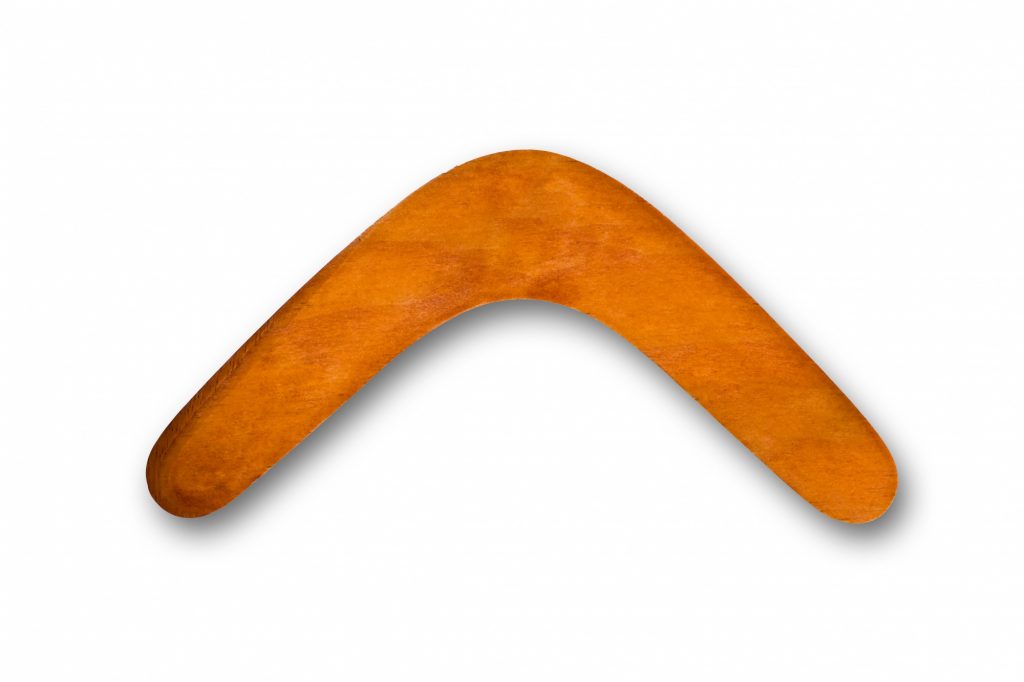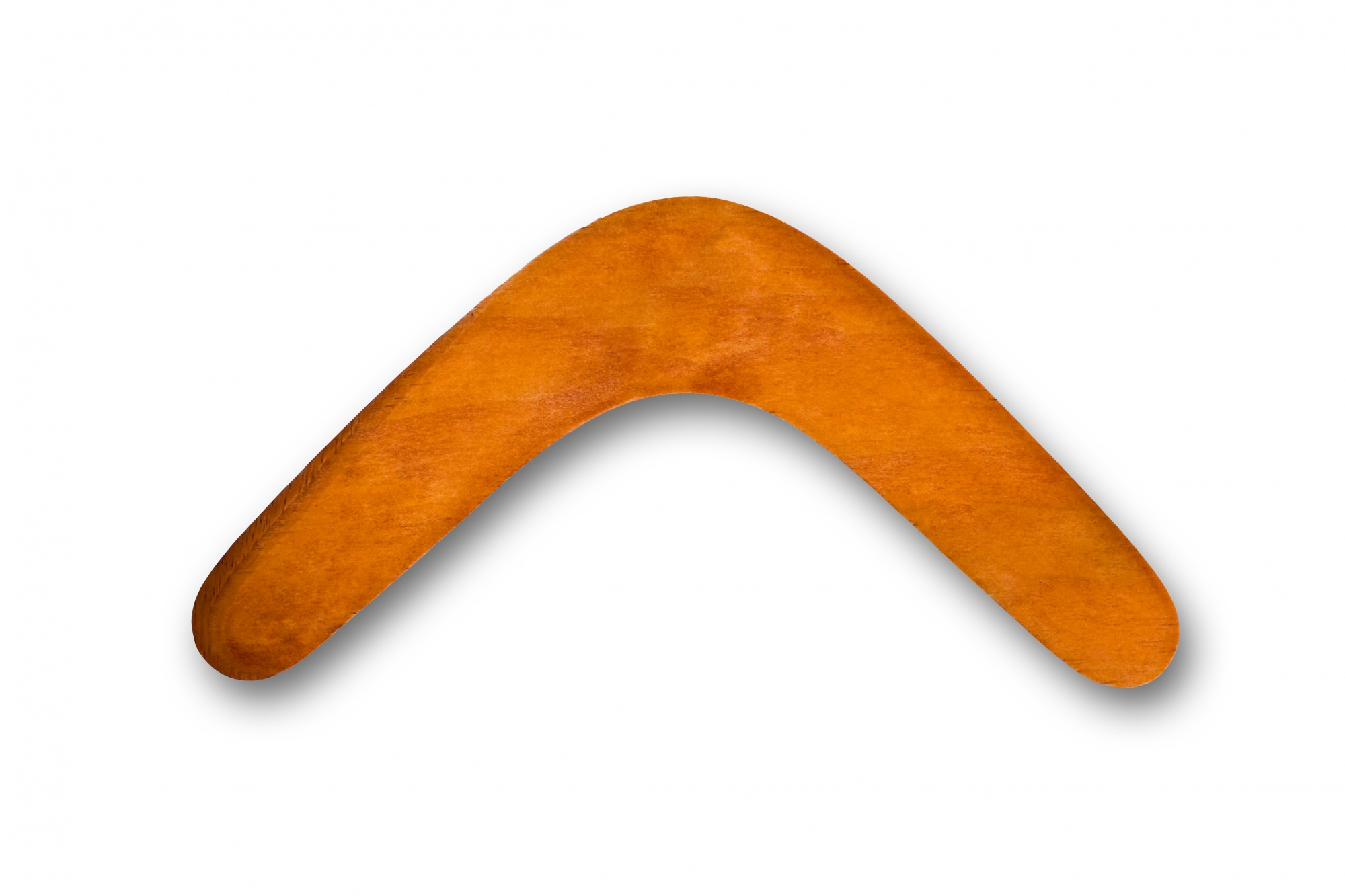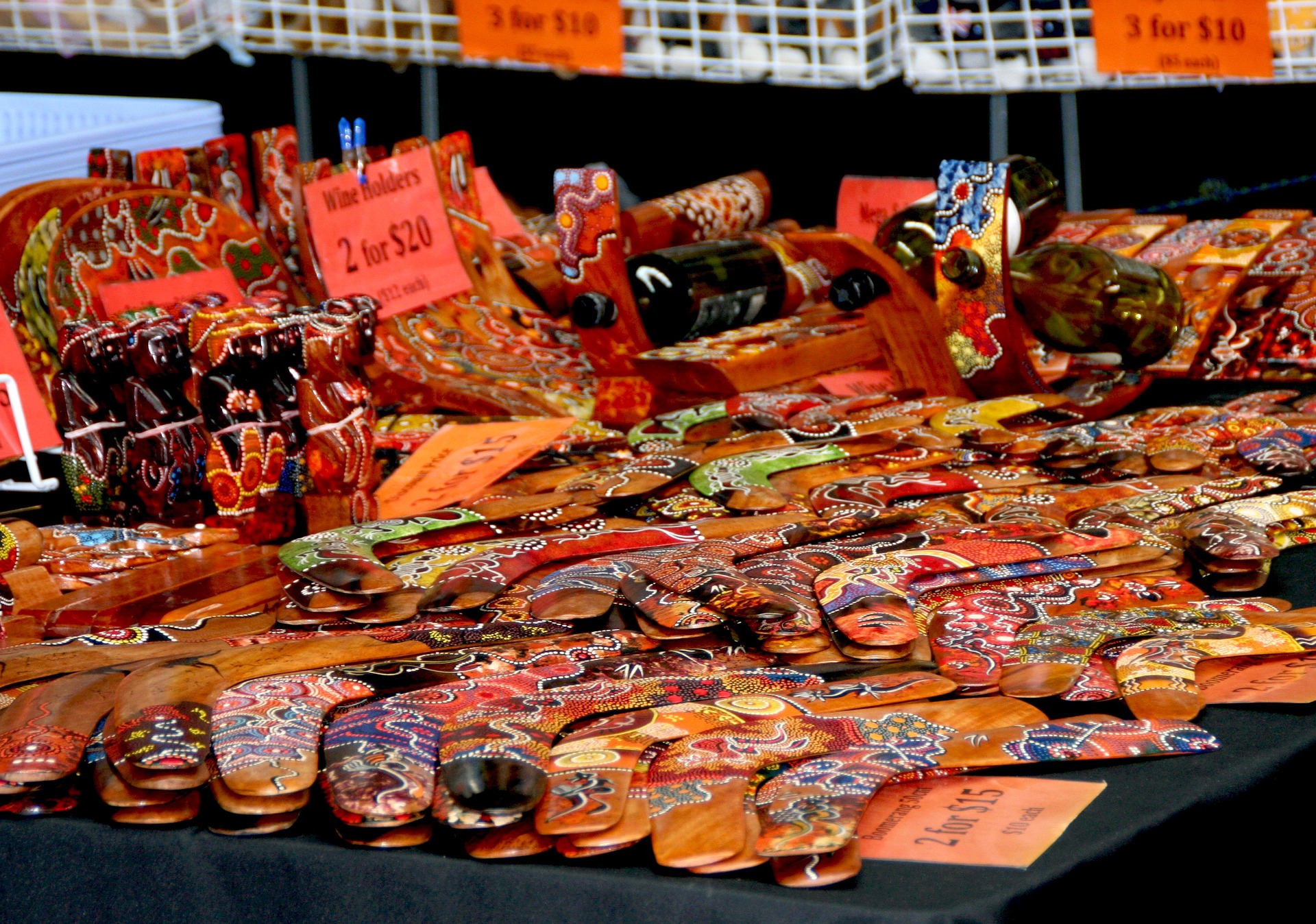Boomerang throwing has evolved from a simple pastime to a highly competitive sport with a global following. Boomerangs, once used primarily for hunting and entertainment, have become an instrument for sporting events and competitions. In recent years, boomerang throwing has gained significant recognition and has been included in various international sports competitions. This article focuses on the history and rules of boomerang throwing as a competitive sport. We will explore how the sport has developed, the different types of boomerangs used, and the rules and regulations that govern the competitions. Whether you are a seasoned boomerang enthusiast or a newcomer to the sport, this article will provide you with a comprehensive overview of boomerang throwing as a competitive sport.
The Evolution of Boomerangs
Boomerang throwing has a long history as a competitive sport, with evidence of boomerang competitions dating back to ancient times. In modern times, boomerang throwing has become a popular sport around the world, with organized competitions and leagues held in many countries. The first international boomerang competition was held in 1980 in the United States, and since then, the sport has grown in popularity and recognition.
Boomerangs designed specifically for competitive sport have evolved significantly over time. The traditional boomerang shape has been modified to optimize flight patterns and increase distance and accuracy. Different types of boomerangs are used for different events, with each requiring specific flight patterns and techniques.
In addition to changes in equipment, the rules of competitive boomerang throwing have also evolved. The World Flying Disc Federation (WFDF) oversees international boomerang competitions and sets the rules and regulations for the sport. These rules cover aspects such as the number of throws allowed, the distance and accuracy of throws, and penalties for fouls.
The history and evolution of boomerang throwing as a competitive sport demonstrate the enduring appeal and versatility of this ancient tool.
Mastering the Art of Boomerang Throwing
Boomerang throwing has become a popular competitive sport around the world, with various techniques, rules, and scoring systems. The basic objective of the sport is to throw a boomerang and have it return to the thrower after completing a specific flight pattern.
To start, competitors must choose the appropriate type of boomerang for the specific competition, as different boomerangs have varying flight patterns and throwing techniques. The main throwing techniques include the backhand, forehand, and overhead throws. The distance, accuracy, and time aloft of the boomerang’s flight are taken into consideration when scoring.
In terms of scoring, the number of points awarded to the competitor is based on how close the boomerang lands to a designated target, as well as the number of catches the thrower makes before the boomerang hits the ground. Points may also be awarded for other criteria, such as the difficulty of the throw, the type of boomerang used, or the creativity of the thrower’s routine.
To avoid penalties or disqualification, competitors must adhere to the established rules, which may vary depending on the specific competition or organization. Common mistakes to avoid include throwing the boomerang outside of the designated throwing area or not catching the boomerang when it returns.
Strategies for success in boomerang throwing competitions include careful selection of the appropriate boomerang, mastering the various throwing techniques, and practicing regularly to improve accuracy and distance.
Tips for Injury-Free Boomerang Throwing
To become a successful boomerang thrower, you need the right equipment and training. Boomerangs are made from a variety of materials, including wood, plastic, and carbon fiber, and come in different shapes and sizes depending on their intended flight pattern. To achieve the best results, it is important to choose the right type of boomerang for your skill level and the specific competition.
In terms of training, there are various techniques to master, such as the right grip and throwing angle. Many throwers use a variety of training aids to improve their technique, such as practice boomerangs, throwing nets, and targets. Additionally, physical fitness and strength training can help improve throwing power and accuracy.
Safety is also a critical aspect of boomerang throwing. Protective gear such as eye goggles and gloves are recommended, and throwers should always be aware of their surroundings and the potential hazards of throwing in crowded areas.
Overall, boomerang throwing requires practice, dedication, and the right equipment to achieve success in competition.




